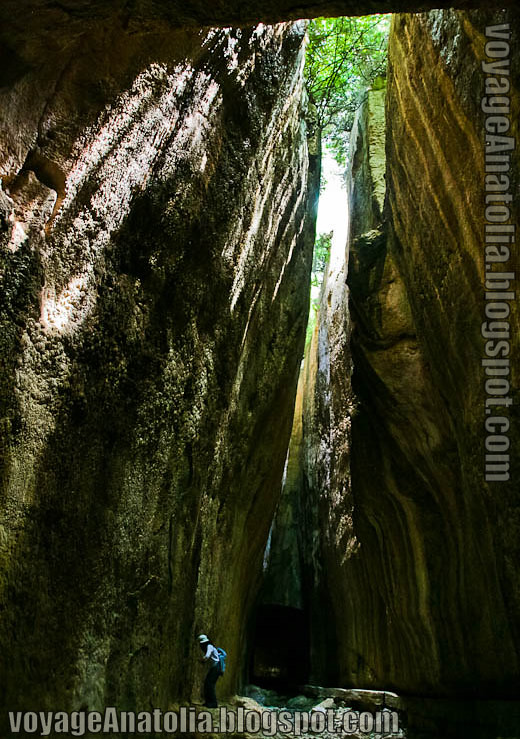
Titus Vespasianus Tunnel of Seleuceia ad Pierea, at Antioch’s ancient port near Samandag, to the southwest of Antakya, is a man-made canyon and canal built digging the rock during the 1st century A.D. to divert the river and prevent silting the harbor.
Titus Flavius Caesar Vespasianus Augustus was Roman Emperor from 79 to 81. A member of the Flavian dynasty, Titus succeeded his father Vespasian upon his death.